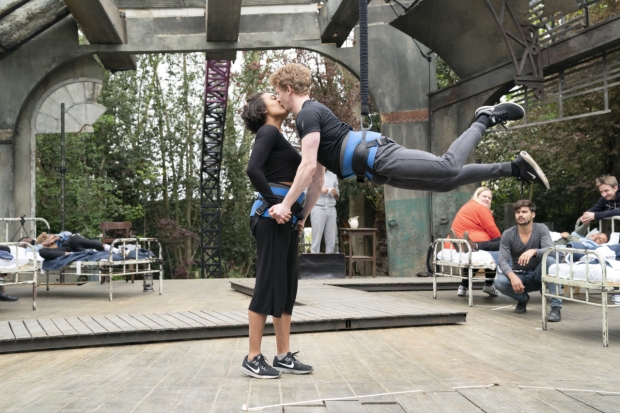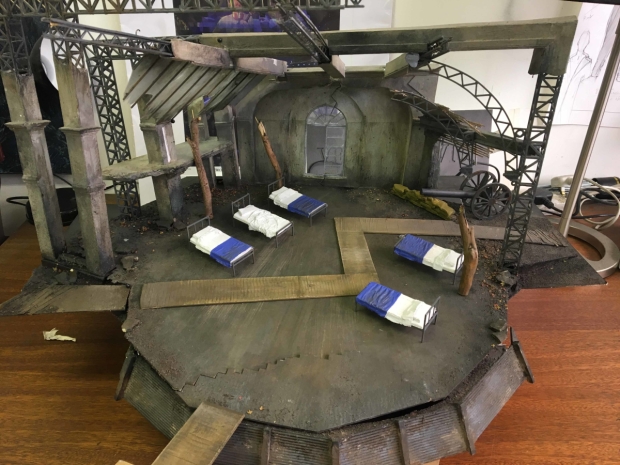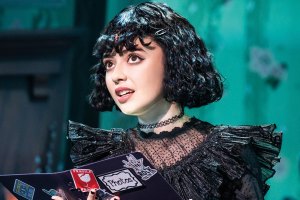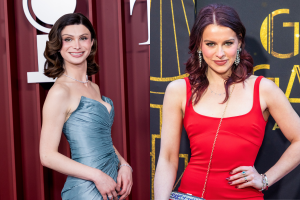Flying to Neverland in the First World War: How we staged Peter Pan at Regent's Park
The Olivier Award-nominated production returns to Regent’s Park Open Air Theatre

© Johan Persson
Regents Park Open Air Theatre is an incredible place; like a roofless Olivier without the machinery, nestled amongst the trees with a soundtrack of birds, and the odd lion's roar from London Zoo! Peter Pan is my ninth show there, and I've really had the chance to explore the space, crashing a plane into it for Lord of the Flies, reconfiguring the auditorium for the 2012 season and floating a huge angled mirror above the stage for The Seagull.
Peter Pan is a huge show – a series of set pieces that literally fly through multiple places from the bedroom of the Darling children to various places in Neverland.

Director Tim Sheader came up with the clever idea of framing the story within the reality of the First World War. Peter Pan was originally written for the five Llewelyn-Davies boys, whom JM Barrie met in Kensington Gardens in 1897. The children lived short and tragic lives; one of them, George, killed aged 21 in the First World War fighting with his regiment in Flanders. So we decided to set the piece in a field hospital in France, the world of Neverland conjured out of the imagination of the lost young men lying there longing for home.

The biggest technical issue to solve was the flying. Obviously, there is no grid to hang anything from, and little solid base to the stage, so I decided to create a huge ground-supported truss framework for which we piled massive concrete foundation blocks. I had done a lot of work with counterweight flying as part of my design for the opening ceremony of the London Paralympics in 2012 and was interested in showing the workings honestly, seeing soldiers continually climbing the truss towers up and down working in tandem with the flown character.

The truss structure was inspired by the British Museum – a bombed out, twisting, fragmented building that exposed the skeletal structure like a rotting corpse. The back window initially opens up to a black and white photo of Flanders field before flowering into a blossomed idyll all made of pink dyed camouflage net. Everything we initially see in the space transforms with the imagination as a child would play; hospital beds become Wendy houses, field guns into the mast of the Jolly Roger, duckboards into a crocodile. Tim, Liam Steel and I have rigorously tried to use and reimagine items from our First World War reality into the world of Neverland.
It's been exciting returning to the show three years later and being allowed the chance to improve and refine the design. The Regent's Park space can be the most demanding and miserable and yet the most beautiful and tranquil, changing in a few hours from the direct heat and strong light of the sun to the cold and wet. The scenery is punished and needs to hold up to the elements, adding a completely different set of demands to the design. It's incredibly rewarding, at times tough, but always very magical. There's nowhere quite like it!


















